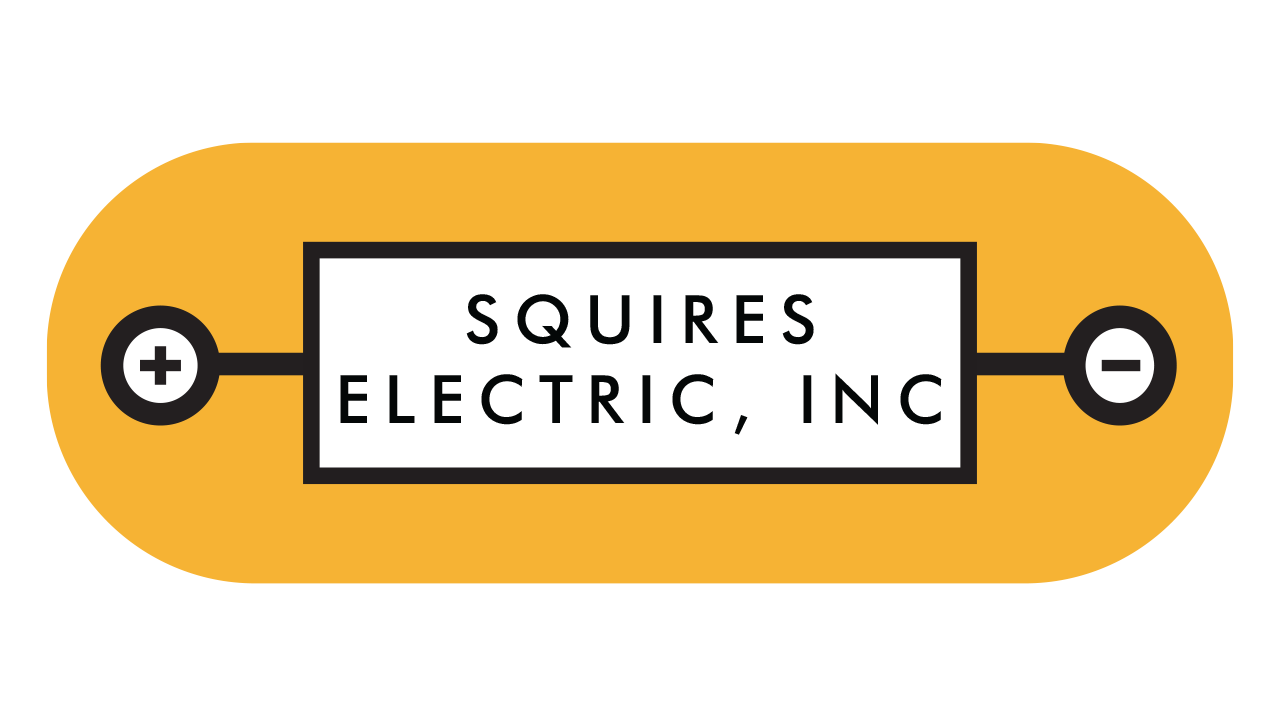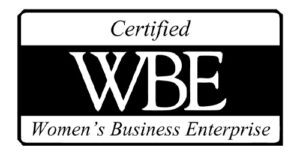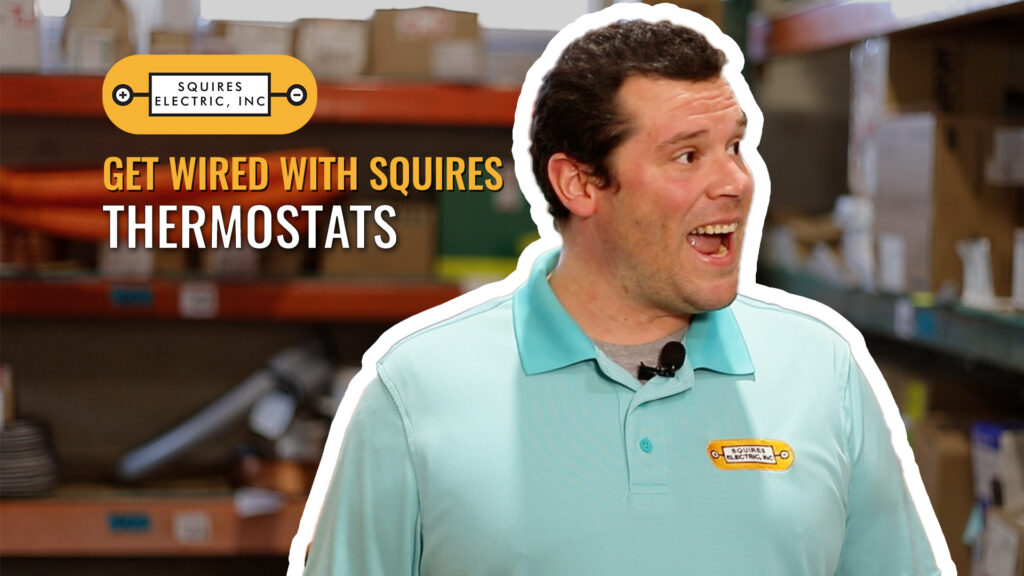[et_pb_section fb_built=”1″ _builder_version=”4.6.5″ _module_preset=”default”][et_pb_row _builder_version=”4.6.5″ _module_preset=”default”][et_pb_column type=”4_4″ _builder_version=”4.6.5″ _module_preset=”default”][et_pb_text _builder_version=”4.6.5″ _module_preset=”default” hover_enabled=”0″ sticky_enabled=”0″]
Every property system, electrical or otherwise, eventually experiences some sort of breakdown or failure due to normal conditions. The faster and more accurately you can diagnose the problem, the less costly it will be to repair. Here’s another Squires Electric troubleshooting tip.
We’re often asked which type of thermostat is best to control fixed electric space heating: single-pole or double-pole thermostats. We recommend a double-pole thermostat for two main reasons:
First, It completely disconnects power to the heaters that it controls. This allows for safe troubleshooting without the risk of being shocked. Single pole thermostats only disconnect power to one phase, so the circuit with the thermostat stops the heater from working, but there is still power at the terminals. This can lead to the incorrect assumption that, because the heater doesn’t turn on, it’s completely safe to work on.
Secondly, a double-pole thermostat can be used on either a 240-volt or 120-volt circuit, where single-pole can only be used on a 120 circuit. Your inventory manager will be much happier only having to stock one type of thermostat.
How do you tell the difference? Double-pole thermostats nearly always have a zero or an “OFF” identifier as the lowest device setting, where a single-pole typically shows temperature settings, like a “Low,” “50,” or “60.”
A quick but important warning: these tips are for basic thermostats; digital thermostats have wattage limitations and can’t be installed just anywhere. If you’re unsure of which thermostat to go with, reach out to us today. We’re here to help.
Subscribe to our YouTube channel for more tips & highlights. Would you like Squires Electric to brighten your day? Send us an email! wired@squireselectric.com
[/et_pb_text][et_pb_video src=”https://youtu.be/ToRVmShevHc” _builder_version=”4.6.5″ _module_preset=”default” custom_margin=”40px|||||” hover_enabled=”0″ sticky_enabled=”0″][/et_pb_video][/et_pb_column][/et_pb_row][/et_pb_section]



